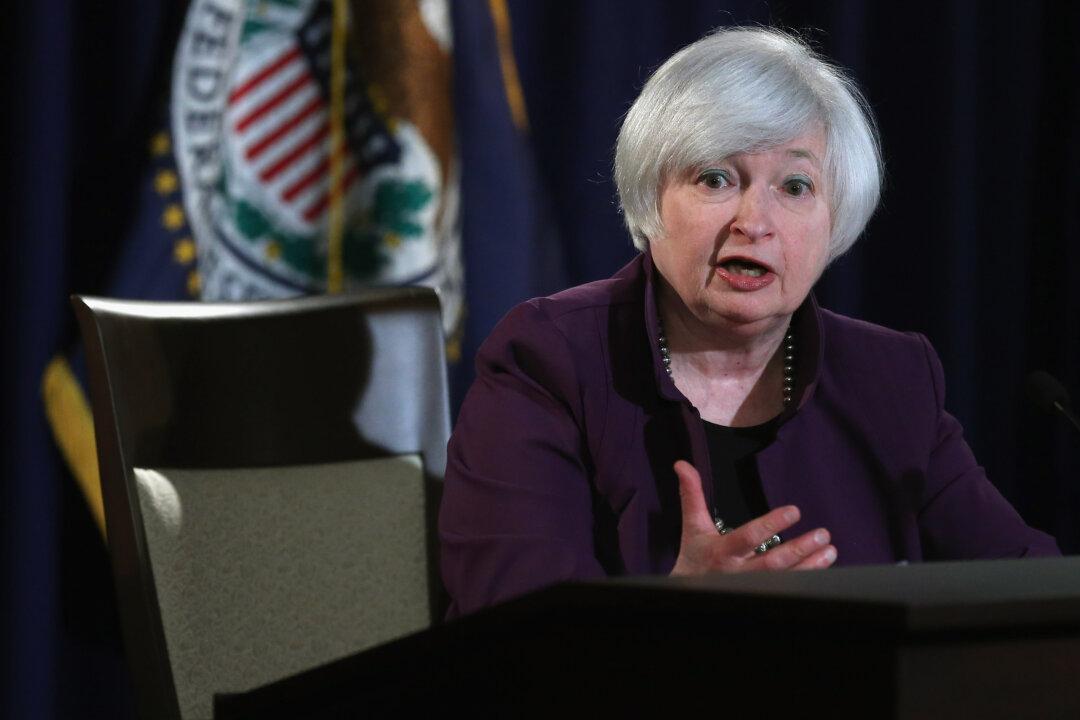The Fed has seen some progress in the U.S. economy, but wants to see some more before raising the Fed funds rate target. It held rates unchanged on Wednesday, June 17, while continuing to hint strongly at a rate hike in 2015.
In its statement, the Federal Open Market Committee (FOMC) outlined that it’s seeing a rebound in the U.S. economy after a disappointing first quarter. The pace of job gains has picked up, but inflation continues to run below the 2 percent target.
“Economic activity has been expanding moderately after having changed little during the first quarter,” read the FOMC statement.
Fed chair Janet Yellen sang a familiar refrain that the first rate hike will be appropriate once the FOMC feels reasonably confident that inflation will move back to its 2 percent target over the medium term and when it has seen the labour market getting stronger.
Published along with the FOMC statement was a new set of economic projections and the increasingly important “dot plot” showing FOMC members’ individual projections for the year-end Fed funds rates. Of the 17 FOMC members, 15 feel rates should rise starting in 2015. This is unchanged from March’s projections, but adds a sense of urgency given that 2015 is almost half over now.
The median Fed funds rate projections are 0.625 percent for year-end 2015, 1.625 percent for 2016, 2.875 percent for 2017, and 3.75 percent in the longer run. These projections of the midpoint for the target range of the Fed funds rate are 0.25 percent lower than those in March for 2016 and 2017, and unchanged for 2015 and in the longer run.





